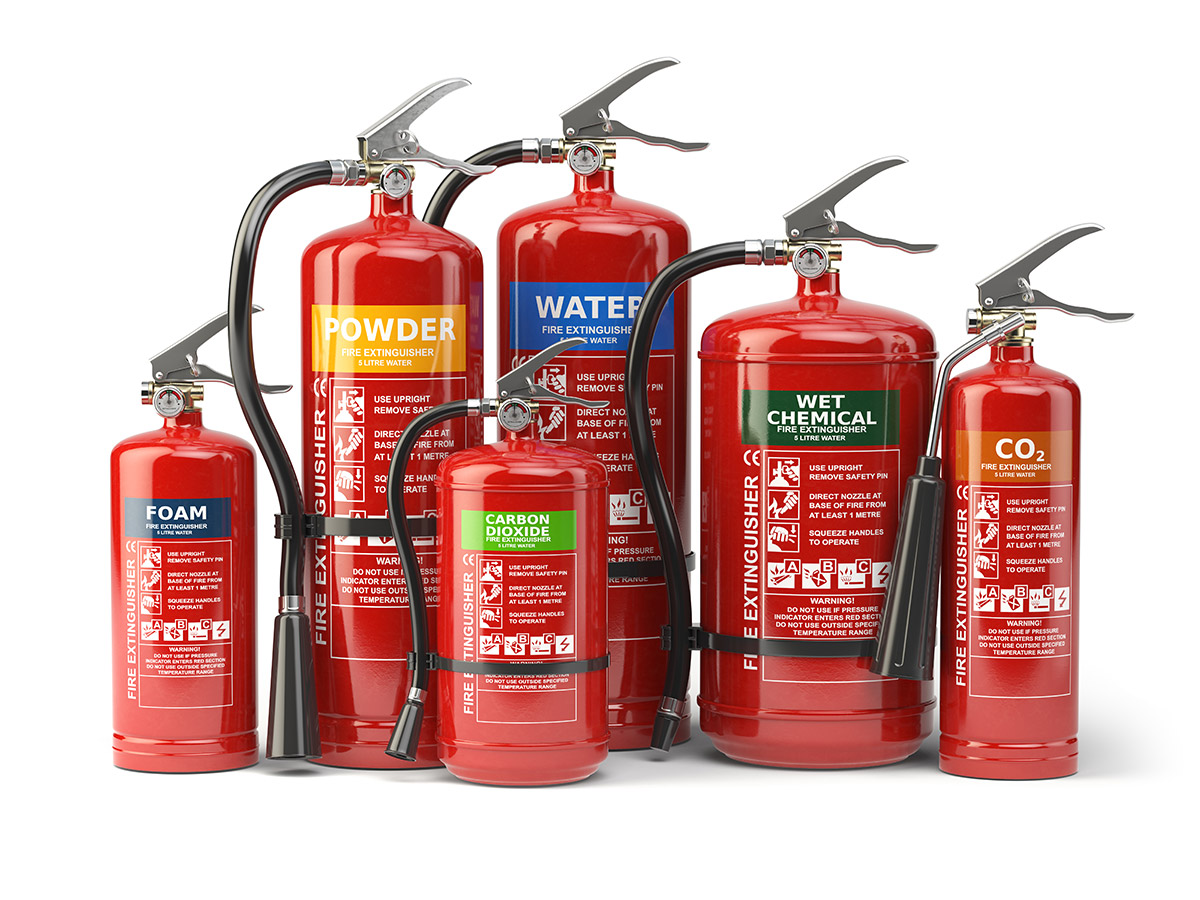The When and Where of Fire Extinguishers
Fire extinguishers are used in the workplace to handle small fires or to facilitate escape when a fire is blocking an escape route. Unless the employer has established and implemented a written fire safety policy which demands the immediate and total evacuation of staff from the workplace in the event of a fire and contains an emergency action plan which meets the needs of 29 CFR 1910.38 and a fire prevention strategy which meets the needs of 29 CFR 1910.39, extinguishers have to be provided in the workplace. Also, regardless of no matter whether an employer has the needed emergency action and fire prevention plans, fire extinguishers ought to be offered if a specific OSHA regulation requires they be provided (as is the case in particular situations when welding is being performed).
Exactly where
When figuring out exactly where to spot fire extinguishers, you have to have to decide what variety of fire could occur in a specific region and the degree of hazard. The OSHA needs for fire extinguisher distribution are as follow:
· Extinguishers for Class A fires must be placed such that staff need to have to travel no additional than 75 feet to reach the fire extinguisher.
· Extinguishers for Class B fires should really be placed such that workers need to have to travel no more than 50 feet to reach the fire extinguisher.
· Class C fire extinguishers ought to be distributed primarily based on the acceptable Class A or Class B hazards. Class C fires are in fact a Class A or Class B fire involving energized electrical equipment exactly where the fire extinguishing media demands to be nonconductive. Consequently, if the fire hazard is extra closely related with a Class A form of fire, the distribution pattern for Class A extinguishers should really be utilized, and if the fire hazard is far more closely related with a Class B kind of fire, the distribution pattern for B extinguishers should be utilised.
· Class D fire extinguishers ought to be distributed such that the employee travel distance from the combustible metal working area to any extinguisher is 75 feet or less. (Per OSHA regulation, Class D fire extinguishers are essential in regions exactly where combustible metal powders, flakes, shavings, or similarly sized supplies are generated at least as soon as each and every two weeks.)
When figuring out the spacing of fire extinguishers in your workplace, remember that these are guidelines only. Right after reviewing the hazards in your workplace, you may perhaps decide that spacing the extinguishers much more closely than the OSHA requirements is warranted. Also, when using various-class extinguishers (ABC extinguishers, for example), you will distribute extinguishers based on the hazard form-so, if an ABC extinguisher is meant for use with Class B fire hazards, you would distribute them such that the travel distance is no much less than 50 feet, as opposed to working with the 75-foot guideline for Class A.
Inspection, Maintenance, and Testing
If you pick to provide fire extinguishers in the workplace, you are essential to institute a system to inspect, preserve, and test them. The OSHA requirements for inspection, maintenance, and testing of fire extinguishers involve:
All transportable fire extinguishers in the workplace have to be inspected, maintained, and tested.
The extinguishers ought to be visually inspected a least when each month. This inspection ought to include things like ensuring that there is clear access to the extinguisher so that an employee can simply reach it in the event of a fire and that the extinguisher is still in location, hasn’t been broken, and appears to be in functioning order (if the extinguisher has a gauge, it shows as complete and that the safety pin is still in place-indicating that the fire extinguisher has not been employed). Fire extinguishers that are damaged or missing must be replaced promptly.
Perform fire extinguisher annual inspection on portable extinguishers. An internal examination of stored stress extinguishers is not necessary. The date of the upkeep check need to be recorded and the record of the check ought to be retained for one year right after the last entry or the life of the shell, whichever is less. Also, you are necessary to empty and preserve dry chemical extinguishers (that demand a 12-year hydrostatic test) just about every six years. (Dry chemical extinguishers that have nonrefillable, disposable containers are exempt from this requirement.) Note that when recharging or hydrostatic testing is performed, the six-year requirement begins from that date.
Give a replacement extinguisher when transportable fire extinguishers are removed from service for upkeep and recharging. The replacement should be of the similar (or equivalent) type (for instance, an ABC extinguisher can be utilized as a replacement for a Class C fire extinguisher but a single that is rated for Class A fires only can not).
